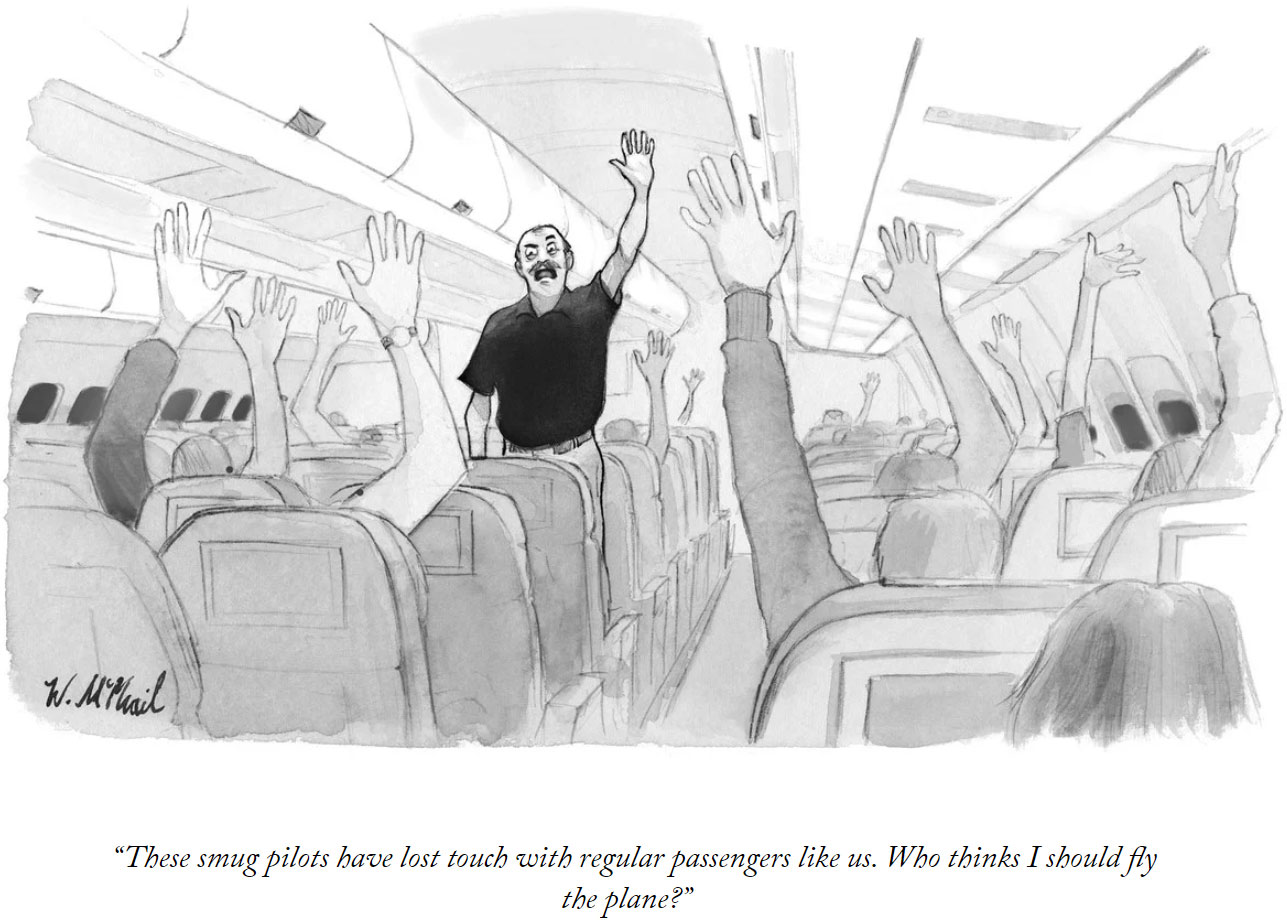The waves of disinformation are already here, putting the blame again on the European Union, as in the Financial Crisis of 2008. After years of negligent state policies promoted or tolerated by ruling political parties and social majorities of each country in the EU, which have led directly to yet another avoidable crisis. After years of state inactivity in the supranational political arena, hindering European social integration, and stripping EU institutions of any real power. The culprits are, again, not we, but they: evil and foreign hands pulling invisible strings from Brussels. The Age of Populism at its peak in Europe, too.
Recent open access paper The Responsibility of European Archaeologists, by Cătălin Popa, Eur. J. Archaeol. (2019) 22(2):255-268.
Here are some interesting excerpts (emphasis mine), although I encourage you to read the whole text if you want to have an informed opinion about it:
The Foundering Union
Today’s Europe may be closer than ever to Churchill’s dream of a United States of Europe, but recent years have revealed deep cracks in the European edifice, running to its very core. The prospects of ever-looming economic austerity, the refugee crisis, the Greek bailout, and Brexit provide fuel for far-right parties that are winning more and more ground in numerous countries with their anti-Brussels discourse. With every national parliamentary election in countries such as Germany, Italy, Hungary, or Poland, the European project is rapidly being chipped away.
The recent international political developments are also raising alarm bells as to the fate of the European Union. To the east, we witness the escalating anti-west rhetoric of Russian President Vladimir Putin and his aggressive external policy, culminating in the annexation of Crimea in 2014 (Snyder, 2018). To the west, the traditional ally of Europe, the USA, elected a president in 2016 that actively promotes disinformation and policies that come into conflict with European interests and values (Bennett & Livingston, 2018). Once a candidate to join the European Union and strategic neighbour, Turkey has seen a serious turn towards totalitarianism, with the increasingly authoritarian regime of President Recep Tayyip Erdoğan (Çaǧaptay, 2017). Many other countries around the globe are embracing right-leaning governments. Populist leaders and populist politics in general are gaining ground both within and around Europe.
An intertwined and even more serious threat to the European Union comes from within and stems from a fundamental crisis of identity (Fukuyama, 2018: 140–53). People still identify themselves primarily through their national identities and events such as Brexit may even exacerbate this trend (Schlanger, 2017). There is a serious lack of attachment towards the European Union (Robyn, 2005; Karolewski et al., 2016). A recent survey by a Brussels-based think-tank found that nearly half of the over eleven thousand people surveyed thought that the European Union is irrelevant (Davies 2018; Friends of Europe, 2018). The need for a European identity has been signalled early on as a primary necessity for the success of the European project: the Declaration on European Identity, issued by the members of the European Community, dates to 1973. Efforts have been made to develop EU-wide symbols, such as an anthem and a flag, and to make citizens feel closer to the European institutions (Sonntag, 2011). However, most arguments for a European identity remained highly intellectual or theoretical, producing a message that mainly reached the educated echelons (Risse, 2004). What is ultimately needed to create a Europe-wide solidarity (sensu Habermas, 2015: 3–28) is an emotional attachment to the idea of Europe. Identity cannot be an intellectual exercise; it has to be felt. People need to start feeling European, feeling as a community of faith (sensu Giddens, 2014). That is one of the main areas in which the European Union has failed and where, I argue, archaeology can, and should, make its primary contribution.
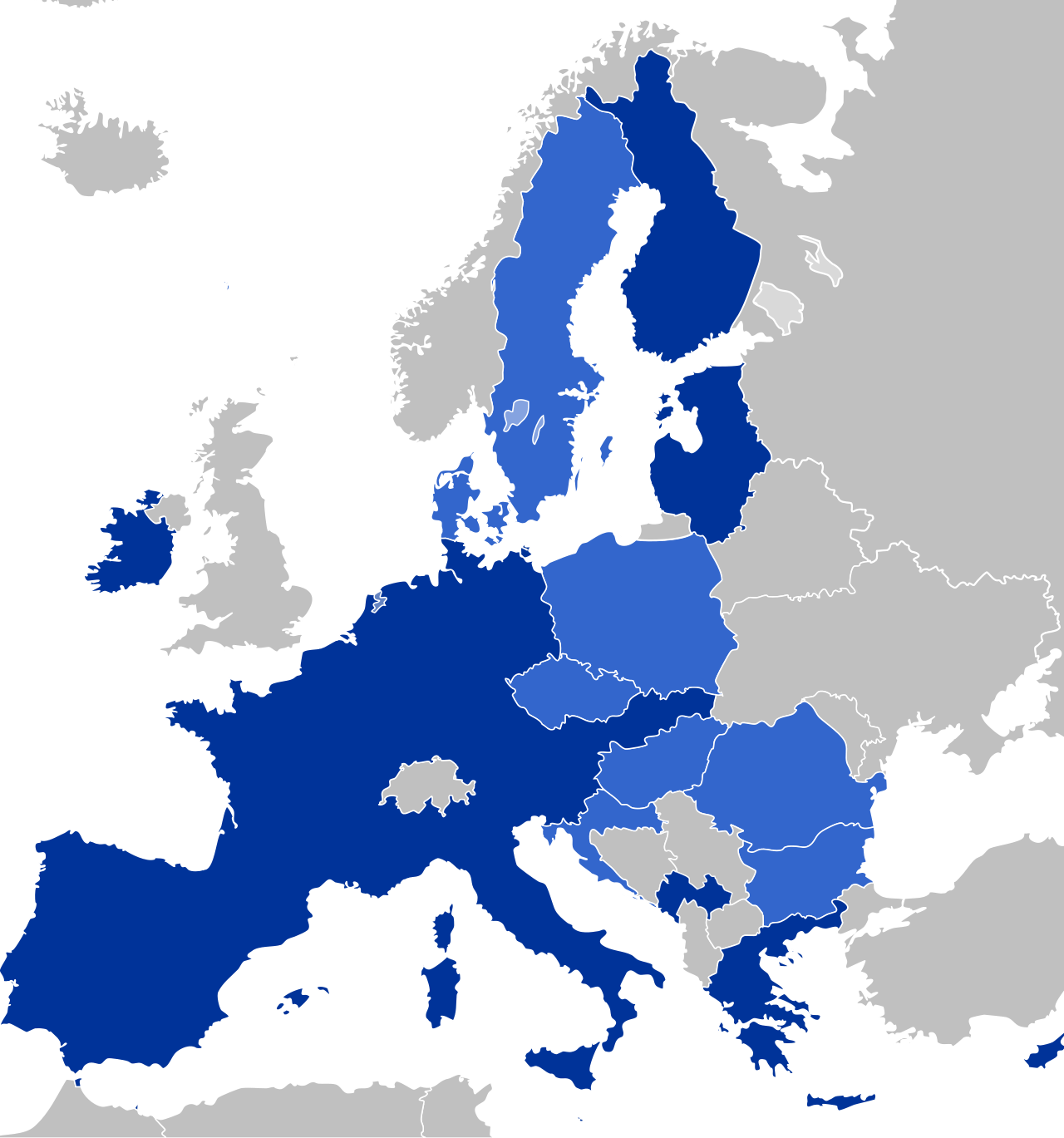
The Response of European Archaeology
The connection of archaeology to the European project prior to the Treaty of Maastricht was minimal. With the early exception of Childe (1957), few works engaged with the idea of Europe and a wider European past. Attempts were made to employ the Roman Empire, the Bronze Age or the Celtic past as a precursor of the European edifice, but these usually transcribed in forgettable exhibitions and volumes that had little impact (e.g. Moscati et al., 1991).
After the 1990s and particularly during the 2000s there was not much improvement. If anything, the gap between archaeology and the European project increased even more. This may have occurred because a series of volumes brought the relationship between archaeology and nationalism in the past to attention (Kohl & Fawcett, 1995; Díaz-Andreu & Champion, 1996; Graves-Brown et al., 1996). This added to an increasing acknowledgement that all our work was political in one way or another (Trigger, 1984; Kristiansen, 1993; Rowlands, 1994). The general reaction was for researchers to distance themselves even further from the political events that surrounded them. The increasing presence of the European Union as a funding body seems not to have helped either. (…)
The current dominant standpoint of archaeologists with regards to Europe can be found in the first pages of a recent article by Babić et al. (2017) and can be summarized in two words: stay out. While some of its contributors express more nuanced positions, Robb and Babić explicitly discourage interaction in the opening section of the article by stating that ‘to try to build an emotive commitment to European identity [using archaeology] is a bad idea’ (Babić et al., 2017: 6). The two authors argue instead for ‘an organizational, not emotive, normality for “European archaeology”’ (Babić et al., 2017: 7). In practice this entails a complete separation from the developments taking place in Europe and goes against the realization of European officials that an emotive commitment to the European Union is imperative for its survival (Tusk, 2018). The message of Robb and Babic constitutes a significant step back when compared to the opinions expressed at the end of the 1990s (Pluciennik, 1998; Willems, 1999). It is asking of us to be archaeologists that work for institutions which coincidentally happen to be in Europe.
I contend that we are (European) citizens first and archaeologists second. We have a duty towards the people of today far more than to those from the past or the material culture they left behind. We should therefore harness the power of the past to engage it as a resource for dealing with the challenges of today’s European society and build a shared European past.
I argue for a shared rather than a common European past. The concept of shared past is analogous to the idea of shared culture briefly introduced by Delanty (2018: 213), which refers to shared reference points, without having an identical system of values attached to them. A large group of people can share a city, a territory, or even a practice, without having to relate to it in a similar manner. Delanty envisions in this manner a shared European culture which could promote solidarity while maintaining diversity.
A shared past would create a common platform without suppressing variety. Like a shared culture, a shared past refers to overarching narratives of the past to which different groups of people relate in a diversity of ways. A shared past implies grand narratives but leaves space for local contextualisation and interpretation, similarly to Ricoeur’s (1995, 5–9) narratives of identity. For Europe, this refers to events or stories that were experienced by, or had an impact on, large parts of the continent. (…) While less constraining than a common narrative, a shared European past can be the stepping stone towards a European sense of identity.
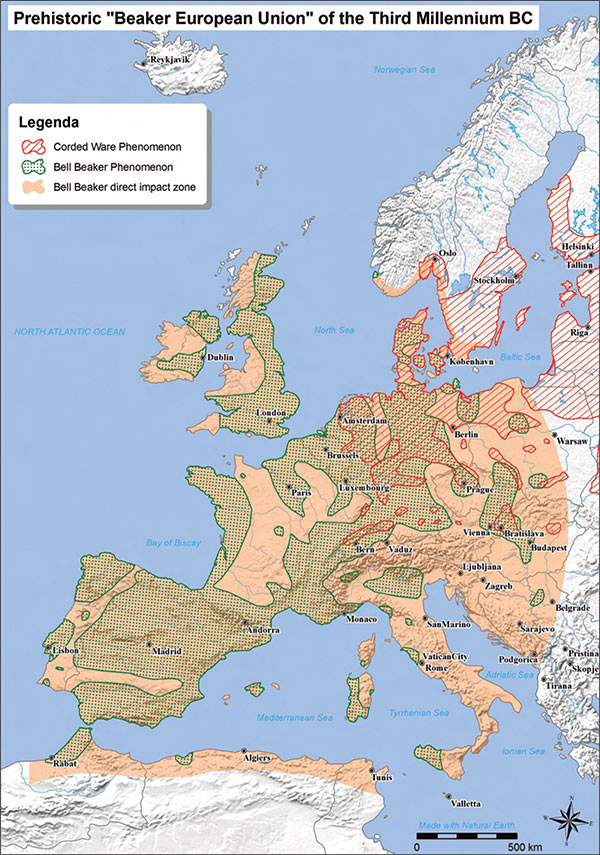
Politics is Not a Dirty Word
To engage with the European project, we need to change our attitude towards the political dimension of archaeological research. In archaeology, saying that our work is political generally has a negative connotation. It somehow means that our work is impure, and even that it is not ‘proper science’. It relates to how research results are employed to prop up a particular political ideology or, even worse, to how archaeological research is skewed to support some political agenda. Hence, we are told to take heed of the possible political implications of the research we produce (Ó Ríagáin & Popa, 2012).
The examples chosen to illustrate the political dimension of archaeology often reinforce this perspective. Generally, nationalist and extreme-right regimes make for good case studies, though communist ‘contaminated’ archaeology is also sometimes cited. (…) One can hardly go through a paragraph on the political dimension of archaeology without encountering references to Nazi Germany (Arnold, 1990) and the work of Gustaf Kossinna. Examples from the Balkans are also preferred, with Albania (Gori, 2012), Macedonia (Brown, 1994), or Romania (Niculescu, 2002) serving as examples of nationalistic archaeology, together with Spain during Franco’s regime (Díaz- Andreu, 1993). All these works in themselves are necessary and even essential to understanding the negative direction that the political character of archaeology can lead to. But that is not all that this political dimension can bring.
Many political projects have had a positive dimension for society at large, or at least for some large groups of people. Although the deeply destructive nature of Nazi ideology is irrefutable, one can hardly say the same about Czech or Danish nation-building.
The past is necessary for constructing national identity. While many, including myself, decried the close connection between archaeology and nationalism, we also refer to Hobsbawn’s (1992: 3) famous quote that ‘nations without a past are contradictions in terms’. One cannot create a sense of national identity without invoking the past. It is an essential part of establishing the solidarities than many embrace and even hold dear. There is nothing inherently shameful in archaeology having participated in establishing the national narratives that helped build a sense of national belonging. On the contrary, many would find it a noble endeavour.
The past’s political dimension can be harnessed to bring about positive change in society. The past is already used as a powerful argument to empower marginalized groups (Funari & Garraffoni, 2016) and to support indigenous rights movements (Colwell-Chanthaphonh et al., 2010; Prado Moi & Fagundes Morales, 2011). In Europe, archaeology can help people come to terms with present-day developments that are difficult to digest. Narratives of the past can underline the long-standing multicultural and multiethnic character of the continent, making it easier to deal with the reality of the European Union. Hingley (2018) convincedly argues that some heritage sites, like the Roman frontiers, can function as an effective argument in this regard. The past can also ease the understandable anxieties that a considerable number of European citizens have experienced following the refugee crisis of 2015. By focusing on the commonalities between the past of Europeans and the newly arrived refugees, it becomes easier to find a common ground between the two groups, helping to bridge the divide. This, in turn, helps justify societal decisions taken on moral rather than economic or functional arguments, such as chancellor Merkel’s 2015 decision to open up Germany to refugees. Climate change, the eradication of poverty, or the circular economy, these are all topics for which the past can be a great advocate.
The past can be used to promote positive or negative, constructive or destructive, ideologies and behaviour. The choice between the arguments that history can potentially provide ultimately depends on the values and principles that individuals and groups decide to sustain (Bottici, 2008: 54). We should act so that the choice reflects our values and that of the communities we identify with, rather than allow political leaders of increasingly questionable ethical standards take that decision for us. I do not argue that archaeologists should act as the ultimate moral authority in society but I ask that archaeologists, rather than politicians, decide the values and agendas that our work supports. In the case of European archaeologists, I believe that we should act to strengthen the European edifice. We should leave the ivory tower of curiosity and education to a position of participation and involvement. Let us be constructive.
Conclusion
(…) I argue that archaeologists should help Europe by accepting and acting upon the political dimensions of our discipline. Archaeological research often has strong political implications, which we should stop seeing in a negative light. We should accept responsibility for the political message of our work and deploy this resource to engage with the challenges of European society. However, we should guard ourselves from falling in the pitfalls of far-right exclusionary arguments and never forget the destructive ideologies that archaeology has been used to justify in the past.
Finally, I propose that European archaeology concerns itself with writing grand narratives about the roots of Europe. Our data may be about the past, but we write for the people of today. We should produce and actively employ narratives of the past to tackle the issues affecting Europe. We should focus in particular on writing a shared narrative that can act as a glue for a Europe-wide identity. While this alone may not rescue the European Union, it would at least make it easier for the peoples of Europe to see beyond their differences and encourage a sense of togetherness in a continent battered by centuries of war and hatred.
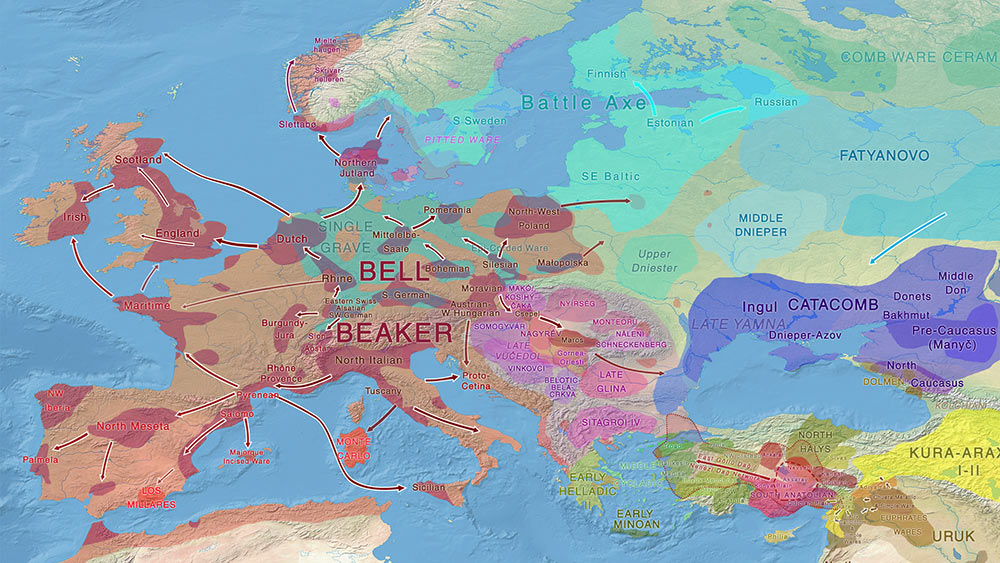
Winds of change
When I started studying Law and Economics at the University Carlos III of Madrid, the European Union was in its infancy. In the first years we were still scrutinizing the EEC and EURATOM treaties and the available case law, at the same time as we were introduced to the future effects of the Maastricht Treaty and the European Union. Then came the Euro, the foreseen enlargement…but an unforeseen resistance to evolve, too. The year I studied at the Humboldt University of Berlin (2001-2002) I could realize how many – who still thought of the EU as a mere customs union – had to be educated about the wide-ranging consequences of the new EU citizenship.
I am sure that I have a subjective and distorted view of the history I have lived, and that anti-European, xenophobic, racial, and nativist sentiment was never truly gone in any part of Europe, but some time between New York’s 9/11 and Madrid’s 11-M, the apparent mainstream view that the European Union should become something more seemed to greatly slow down or directly paralyze, with fringe theorists becoming increasingly active. After the financial crisis of 2008, trust and hope in an ever-increasing common welfare vanished, and there was a generalized feeling that we were all on our own. Overtly fringe ideas became then rampant everywhere, and they seem to be today the new normal.
I am a child of the 1980s and a teenager of the 1990s. Back then in the West, we lived a time of an ending Cold War with the outer world, and hopeful integration within; a within that looked bigger and brighter by the day. Turkey seemed to be a likely part of it eventually, and even Russia could be considered at some point a potential close ally. So I can’t really even begin to understand how this collective worldview that had formed over more than fifty years (much less for some of our countries), especially since the fall of the Berlin Wall, has shifted so drastically in such a short period of time, apparently because of external events that should have (if anything) pushed Europeans harder toward social integration and stronger democratic institutions.
It looks like we have let the enemy within, much like we let the COVID-19 spread freely for a while, and its effects cannot be contained outside anymore. It is irrelevant now if it was an international trend bound to happen (a philosophical pendulum of sorts, changing direction with each shocking event); or the consequence of the massive spill of discontent among working classes stemming from the explosive cultural melting pot in post-Soviet states (of continued naïve racial pre-WWII ideas of the past combined with the disappointment about the shortcomings of capitalism); or Islamic terrorism, and the xenophobia and white and Christian supremacy it awoke or impulsed; or the Internet, with the easy and rapid global sharing and spread of crazy ideas. Most likely, it was a combination of all of the above, and more.
The crystal clear, undeniable truth is that these nationalist, nativist, populist, and isolationist trends that have infected us all from within – and are intentionally boosted from the outside – can only be contained now by centralizing all political efforts, and developing a strong social vaccine against future relapses. The sooner the better. Because these occasional episodes of interest in science and in helping each other we might see these weeks (by people terrified of an imminent catastrophe) foreshadow the effects of the long-term anxiety that will push the majority over the edge, bringing a renewed wave of willful ignorance and senseless sociopolitical confrontations.
Archaeologists, historians, linguists, geneticists dealing with human population genomics, and academics in general, all have a great responsibility, even more than political and social actors. The social nature of these disciplines has the downside of the hackneyed criticism for not being scientific enough; but it has the correlative advantage of allowing for influencing social change. Whether one wants to accept it or not, all academic writings have a social effect. In this all-out perpetual ideological war, there is no neutral ground: pretending to “stay out” means invariably going along with the view of the majority. And, in our time, the ignorant hatemongering masses are embracing populism.
Academics should avoid short-sighted, clichéd, and often impossible visions of the past like those espoused by the aged authorities of certain national groups: be it a nativist continuity (e.g. West European or post-Soviet groups), a Nordicist view of Indo-European expansions (e.g. Dutch or Scandinavian groups), or an Ex Oriente Lux-kind of magical thinking (e.g. Max-Planck Institute or Mediterranean groups). Of course, data should not be manipulated or avoided. If findings show egalitarian or hierarchical societies, peaceful traditions or violent acts, the presence of chiefs or servants, female or male exogamy, or the replacement or domination of one culture or population over another, a publication should report and discuss that, no matter the consequences. But, when in need for a grandiose overarching narrative to fit the findings, choose one that emphasizes a shared past.
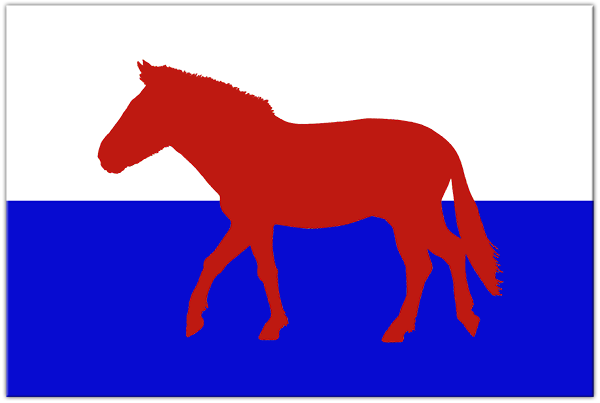
A shared past…and language
Trying to learn Proto-Indo-European some time between 2003 and 2004, and with the patent weaknesses of European integration in mind, an obsessive idea haunted me: how to use it as a common European language for a common European nation, a way to completely unite us all in solidarity beyond a common market. I admit that back then I was oblivious to the general tide of weariness, boredom, or even disgust with the European project. I was probably dazzled by the complexities of constitutional and international law, multilateral negotiations, and economic policy – and, sure, the prospect of living endless experiences far from home, in a homely Europe where everyone would communicate natively in the same language – at the same time as common people’s hatred for the establishment grew unhinged.
Also, what is the establishment, anyway? And what has become of the term fake news today? What is this trend of referring to newspapers of record, reputable professional journalists or high-achieving career politicians as biased, untrustworthy, corrupt? Because, unless these terms are used for criminals and non-democratic leaders, state-driven propaganda and disinformation, social media, or Fox News, Russia Today, and similar shameless nationalist outlets and tabloids, almost every single time I read these words nowadays I can only see an ignorant shouting something stupid, as in The New Yorker’s classic cartoon (2016) by Will McPhail – and no, it’s not a working class (‘redneck’ or ‘chav’) thing anymore; there is now a common, fashionable misuse of the terms and mistrust of these specific professions.
I know it doesn’t really matter if we speak German, French, or both, so long as we unite under a common rule of law, with its own electable working legislative, corresponding executive, and independent judiciary branches, all of them with true primacy over regional (current state) ones. Because, if Switzerland can, why couldn’t we, right? However, as great as it might sound to their lucky native speakers, I can’t see an adoption of a single language for a common nation easily happening by choosing a regional one for hundreds of millions of citizens indoctrinated by so many different proud nation-states, each one with its own petty historical grievances. And a language that everybody would tend to speak naturally in moments of stress is necessary for the most important power of them all: information.
I remember some angry nationalist haters pointing out in 2005 or 2006, after we published the DNGHU project, that speaking a Modern Indo-European language would be detrimental for the language and culture of the native peoples of Europe; native peoples to which acculturated Vasconic speakers of haplogroup R1b or Uralic speakers of haplogroup N1c theoretically belonged, but apparently not many other fellow Europeans of different haplogroups. Especially not the warmongering Indo-Europeans of haplogroup R1a who displaced them. Simplistic, outright ludicrous arguments boosted by ideological zombies who seek to create artificial ethnic divisions in the 21st century, imposing regional languages fitting nation-building myths invented in every corner of Europe in the 19th century.
Thanks to population genomics, we can now categorically reject that idealistic vision of a Europe divided into Vasconic and Uralic hunter-gatherers: Neolithic-related migrants spread from the Aegean (ca. 8,000 ybp on) throughout West and Central Europe, replacing or heavily admixing with the WHG/EHG-like populations they encountered. They were all eventually replaced by ancient “Steppe-ancestry”-related populations from Eastern Europe, who spread Indo-European and Uralic languages in a (linguistically, culturally, and ancestrally) highly intertwined way from ca. 5,000 years ago on. Multiple cultural waves – most if not all of them attributable to chance – during the Bronze and Iron Ages favoured the former all over Europe.
After many regional migration waves, admixture events, and Y-chromosome bottlenecks for thousands of years, no modern population shows any kind of true direct “continuity”: not in genetics, not in their culture, and not in their language, either. We have some common, ancestral cultures and languages reaching as far back as six to eight thousand years ago in our own continent, but no single ethnic group or region in Europe can trace back their people’s history – or their modern ancestry or haplogroup distribution – earlier than the Middle Ages. Anyone who can’t see that should read more. Possibly just read.
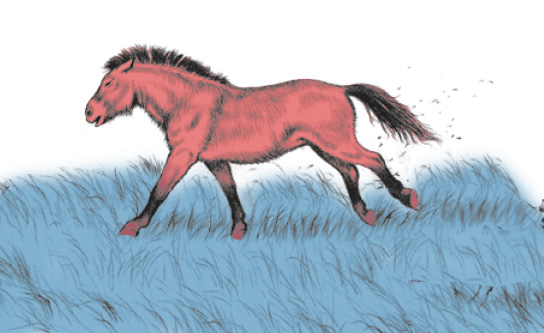
An opportunity
I don’t know if this 2020 Coronavirus Crisis will be another 1990, another 2001, or another 2008. I am not interested in social trends, or political philosophy, or whatever it is that makes the opinionated mob drift from one simple idea to another. But this time of generalized lockdown and anxiety is as good as any other to realize how little Europeans have accomplished in common in the past 20 years, and how much we have drifted apart; how this very crisis could have been dealt with much more efficiently under a unitary political and social voice, had we learned from the mistakes of the recent past; how many other future crises are going to catch us all absolutely unprepared and unorganized; and how we can take the opportunity to let go of all these groundless sentiments of hatred, rivalry, and inferiority, to pull our heads out of our fearmongering and selfish asses, and to start hoping and working together again for a brighter future.
The alternative is to accept this continued decadence of the Union and multilateralism, the repeated patching up during crises by regional and local governments constantly antagonizing each other, the permanent dreaming of a comeback to mythical medieval ‘pure’ nation states, now with the help of simplistic genetic jargon to help long-lost ethnic causes. For a while at least, until a new crisis brings us to our knees and divides us once again into the ‘new us’ and the ‘new them’. In that case, I can just recommend us to brace ourselves for the bumpy road ahead, and wish us Europeans good luck with our angry and entitled little local, always almost fully ethnolinguistically pure and self-sufficient (and soon self-destructive and warmongering) Weimar Republics, in whatever shitty cave holes each group decides to seclude itself into.
NOTE 1: For those who are living now in Europe and are experiencing the social and political tensions of the lockdown, especially on social media, boosted by all those Monday morning quarterbacks suddenly turned epidemiologists and politicians, I think you will understand the why of this post. If you still believe this is not a social or political crisis, but merely a health-related one, you haven’t experienced it long enough. Give it time. Also, this is a blog about Indo-European, and I am a doctor tired of reading and hearing amateur pseudoscientific bullshit about COVID-19, so please don’t post any here, thank you.
NOTE 2: If some of you want to comment on how Yamnaya was not the (or not the only) vector of Indo-European languages, but (also) Corded Ware or even Anatolia Neolithic, it’s wholly unnecessary. Wanting to comment that, especially on this post, means you should read it again – but this time for real – and probably also read a little more from this blog. I am going here for the most conservative argument possible. Those alternatives, if true, would give even more support for a shared Indo-European language based on a shared linguistic heritage.
NOTE 3: It wouldn’t be the first time someone tries to pin a label on me, such as communist, leftist, socialist, conservative, neoconservative, fascist, or whatever. I consider myself a liberal (increasingly a welfare state one, from an initial, more “classical” stance in the early 2000s), and have my own complex ideas of what should and shouldn’t be public, so those labels reveal much more about your simplistic political views than about mine. You want more European integration, you have my vote: left, right, or middle. You want to live in a constantly warring feudal, communist, or anarchist state by your own, you don’t.
